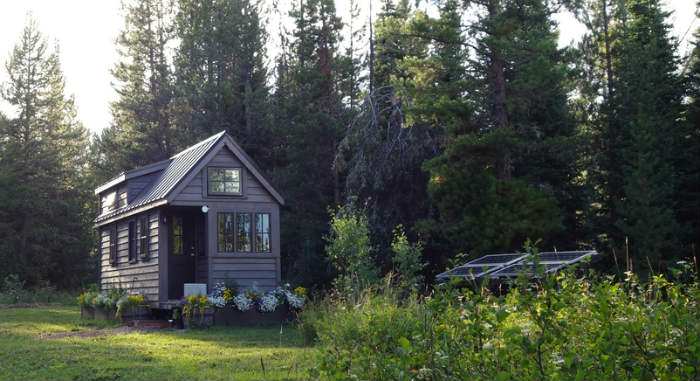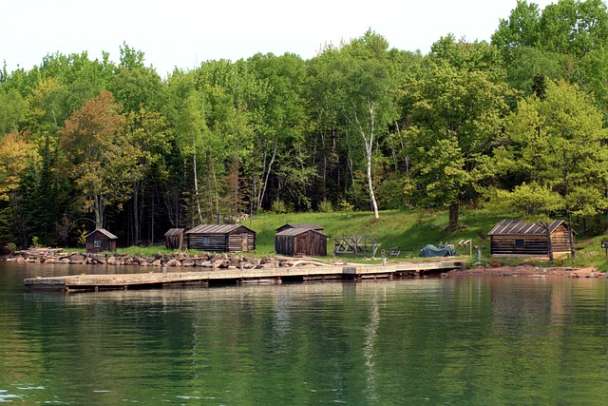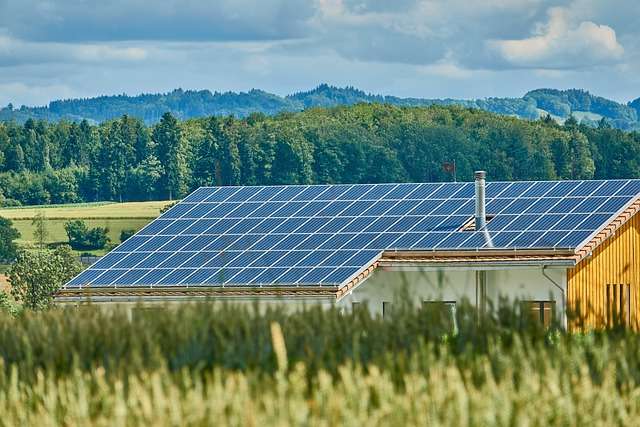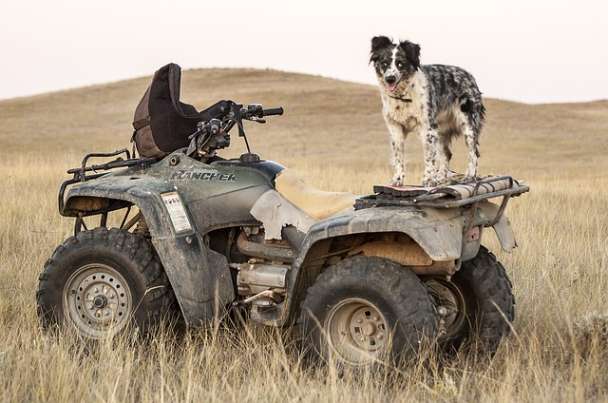How Much Does It Cost To Go Off-Grid And To live On The Land

Make sure to like Living Green and Frugally on Facebook, Shop at Amazon to help support my site and explore our PINTEREST BOARDS for innovative ways you can become self-sufficient.
How Much Does It Cost To Go Off-Grid And Live On The Land
In an era of increasing environmental awareness and desire for self-sufficiency, the idea of going off-grid and living on the land has gained significant traction. But what exactly does it entail, and more importantly, how much does it cost? Let’s delve into the various aspects of off-grid living and the associated expenses.
Understanding Off-Grid Living
Going off-grid involves disconnecting from municipal utilities such as electricity, water, and sewage, and relying instead on self-generated resources. It often entails living in remote areas, away from urban centers, and embracing a simpler, more sustainable lifestyle. Off-grid living is not just about saving money; it’s a lifestyle choice that prioritizes independence, environmental stewardship, and resilience.
Costs Breakdown
-
- Land Acquisition: The first step in going off-grid is acquiring suitable land. The cost of land varies widely depending on location, size, accessibility, and natural features. Remote parcels with abundant natural resources such as water and sunlight may command higher prices. On average, expect to pay anywhere from $10,000 to $100,000 or more per acre, depending on location and amenities.
- Shelter: Building a shelter to withstand the elements is crucial for off-grid living. Costs can vary depending on the type of dwelling—whether it’s a traditional house, cabin, yurt, or tiny home—and the materials used. Budgeting $20,000 to $100,000 for shelter construction is typical, depending on size, complexity, and desired amenities.


- Vehicle Purchase: The cost of purchasing a suitable off-road vehicle or a fuel-efficient car can range from $5,000 to $50,000 or more, depending on the type, age, and condition of the vehicle.
- Maintenance: Budgeting for regular maintenance, repairs, and replacement parts is crucial. On average, expect to spend $500 to $2,000 per year on vehicle maintenance, including oil changes, tire rotations, and minor repairs.
- Fuel: The cost of fuel varies depending on the vehicle’s fuel efficiency and local fuel prices. Budgeting $1,000 to $3,000 per year for fuel expenses is typical for off-grid living.

- Fencing: Installing fencing around the property perimeter can cost anywhere from $1,000 to $10,000 or more, depending on the materials used, the size of the property, and the terrain.
- Surveillance Cameras: Purchasing and installing surveillance cameras for monitoring the property may range from $200 to $1,000 or more, depending on the number of cameras and features.
- Guard Dogs: The initial cost of acquiring and training a guard dog may range from $500 to $5,000 or more, depending on the breed and training program.
- Firearms and Security Systems: Investing in firearms or security systems such as alarms and motion detectors may cost anywhere from $200 to $5,000 or more, depending on the level of protection desired.
- Composting Toilets: The cost of installing a composting toilet system can range from $1,000 to $3,000 or more, depending on the type and complexity of the system.
- Septic Systems: Installing a septic system for managing human waste may cost $3,000 to $10,000 or more, depending on the size of the system and local regulations.
- Waste Disposal: Budgeting for waste disposal services or transportation costs for disposing of non-biodegradable waste is essential. Costs vary depending on the location and the amount of waste generated but may range from $100 to $500 or more per year.
By considering these additional costs for transportation, protection, and waste management, individuals planning to embark on an off-grid lifestyle can make more informed decisions and better budget for the essentials of sustainable living.
Conclusion
While the initial costs of going off-grid and living on the land can be substantial, many proponents view it as a long-term investment in self-sufficiency, resilience, and environmental stewardship. By reducing reliance on external utilities and embracing sustainable practices, off-grid living offers not only financial savings but also a deeper connection to the land and a sense of independence. However, it’s essential to conduct thorough research, budgeting, and planning to ensure a successful transition to off-grid living. With careful consideration and investment in essential aspects such as land, shelter, food, water, power, warmth, communication, transportation, protection, and waste management, off-grid living can offer a fulfilling and sustainable lifestyle choice for those willing to embrace it.